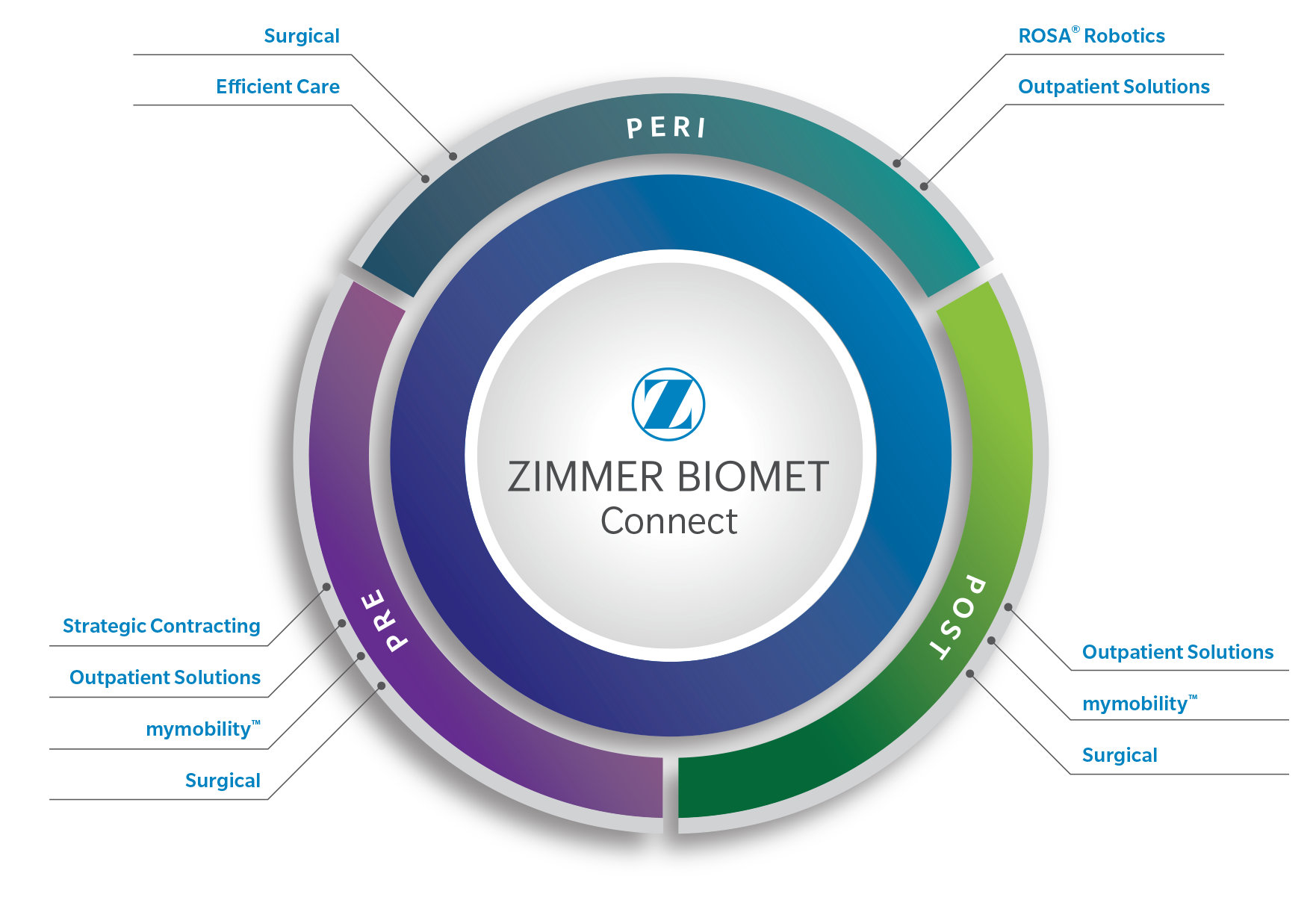Understanding how your knee works
The knee is the joint in your body, where the lower end of the thighbone (femur), the upper end of the shinbone (tibia) and the kneecap (patella) meet. In a healthy joint, these bones are cushioned with cartilage and a thin lining called the synovial membrane to reduce friction and absorb shock. Your knee also contains large ligaments, which help control motion by connecting bones and by bracing the joint against abnormal types of motion.






